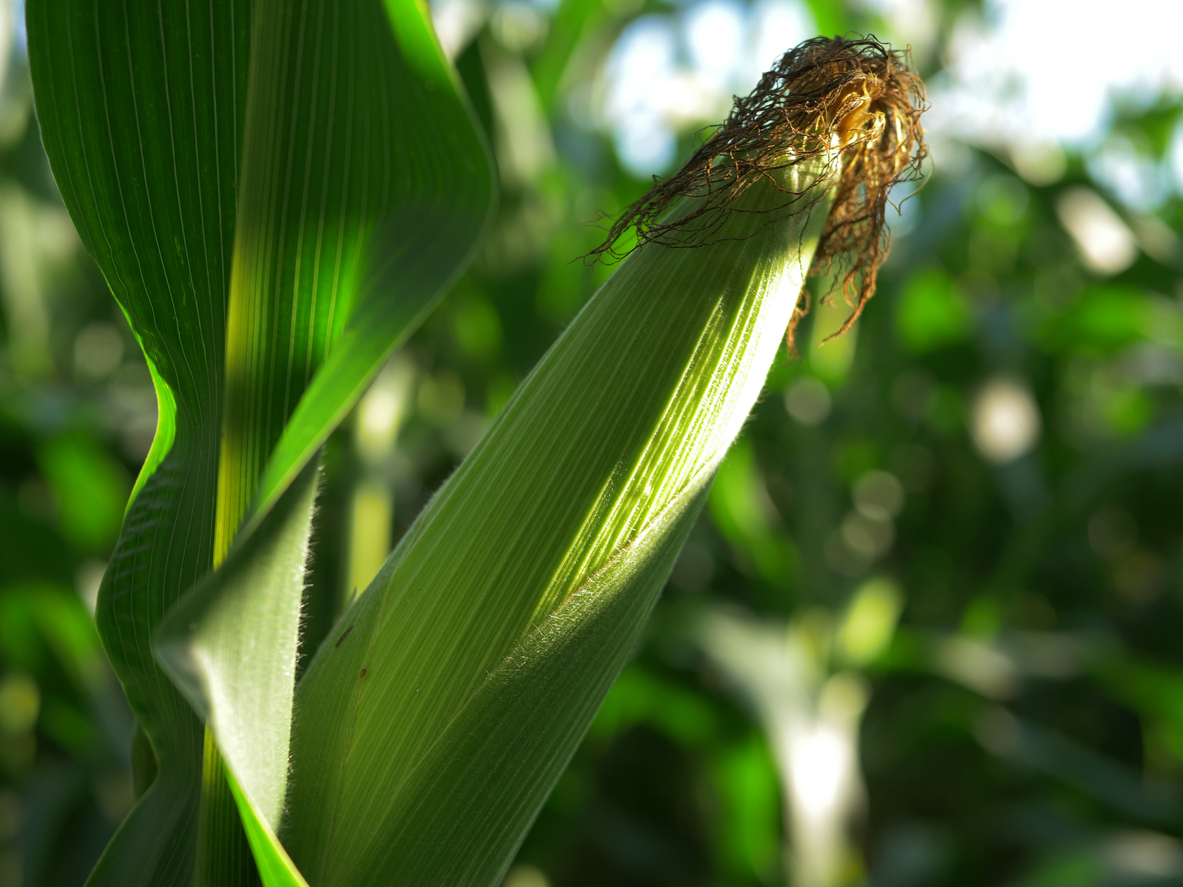Controlling Corn and Soybean Pests

Controlling pests of corn and soybeans can be difficult. Most farmers rely on seed treatments and broad-spectrum insecticides which terminate the pests but also takes out the beneficial natural predators. The most common Ohio pests in corn and soybeans fields with cover crops are wireworm, seed corn maggot, black cutworm, true armyworm, slugs, and grubs. Wireworms have a five-year life cycle with adults (called click beetles) laying 100-200 eggs in the spring and early summer. Larva live in the soil until they mature into adults. Wireworms are a copper color, long, and slender. Wireworms damage corn and soybean seeds and cause seedling roots damage. Wireworms have many natural predators including centipedes, soldier beetles, wasp which infect their eggs, and parasitic nematodes. Metarhizium fungi are a great wireworm predator; infecting the eggs, larva, and pupae and may give up to 95% control. Metarhizium fungi infect up to 200 insect species in 50 families including root weevils, fli...


